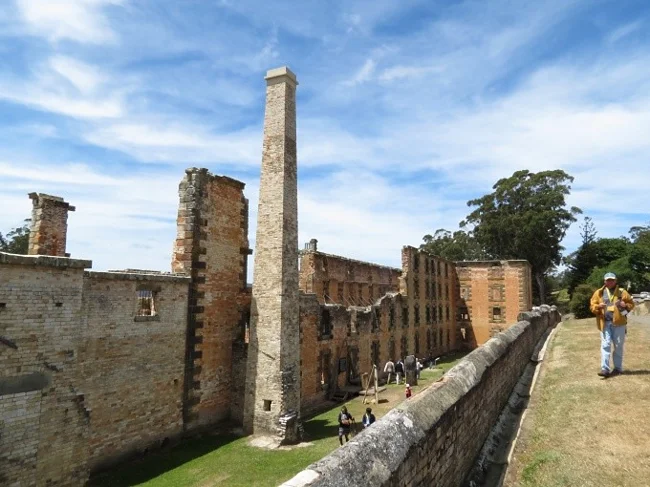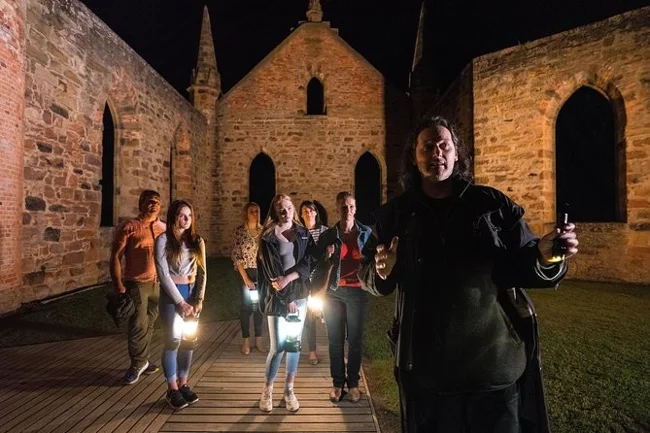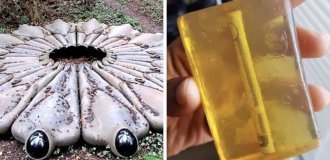Oceania's dark legacy: the history of Port Arthur prison (16 photos + 1 video)
About an hour and a half drive from the capital of the Australian state of Tasmania, Hobart, is the historic penal settlement of Port Arthur. It was a colonial penal settlement from 1830. 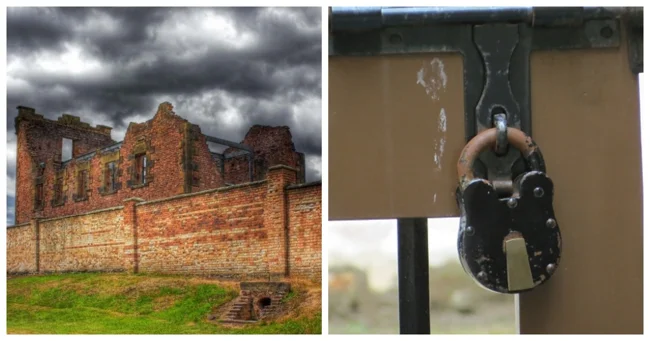
The most brutal and unscrupulous criminals were sent here from Britain. Port Arthur had a reputation as the darkest prison in the British Empire.
History of Port Arthur 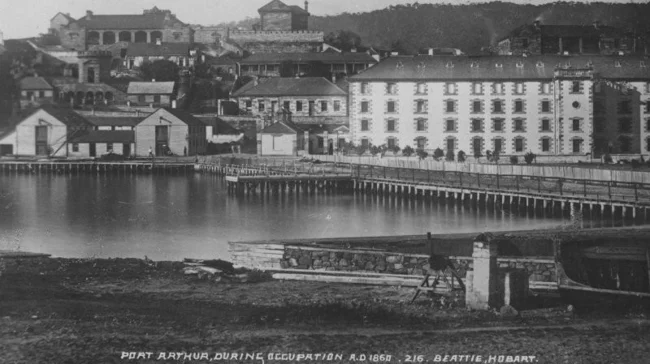
After the American Revolutionary War, the British were no longer allowed to send their prisoners to the States. Instead, they transported prisoners to their Australian territories, such as Norfolk Island and Port Arthur. Port Arthur served as a prison from 1830 to 1877, and housed over 12,500 prisoners. 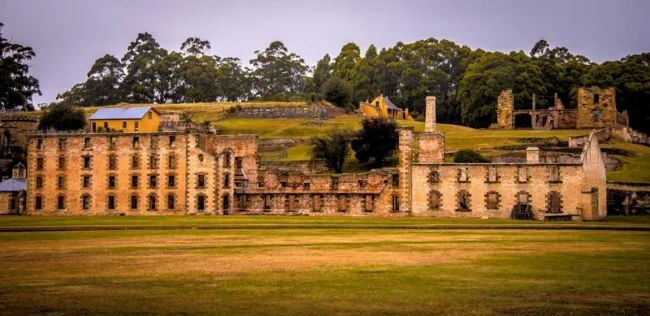
Port Arthur opened as a small logging station in 1830, but was expanded between 1833 and 1850. The complex eventually consisted of 60 buildings built by convicts. It was self-sufficient and had beautiful gardens, also planted by the convicts. For some, Port Arthur was hell, but for others, it was a way to learn new skills - skills that would serve them well after their release.
Prisoners 
Men and women were sent to the island. Every fifth convict was a representative of the weaker sex. Children were often sent with their parents. Only a few returned home. Most of the convicts sent to Port Arthur had already committed crimes. The next crime, sometimes as minor as stealing bread, meant a one-way ticket. Mostly, the peninsula was populated by poor people. 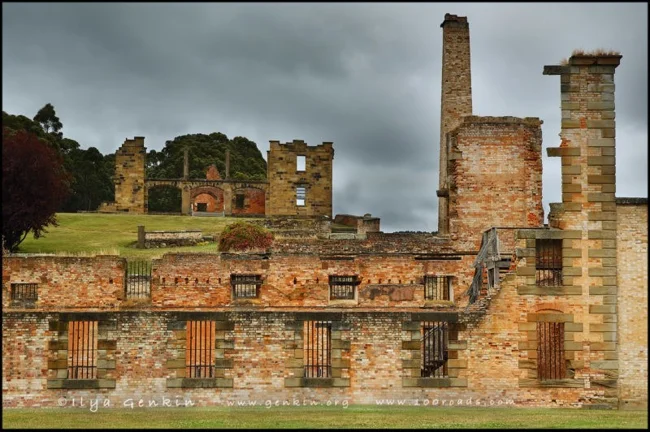
The conditions and labor were harsh. The worst places a prisoner could end up were underground coal mine cells or punishment cells, where prisoners spent the entire day in complete silence and darkness. This practice often led to mental disorders and complete destruction of personality.
Murder in the Church 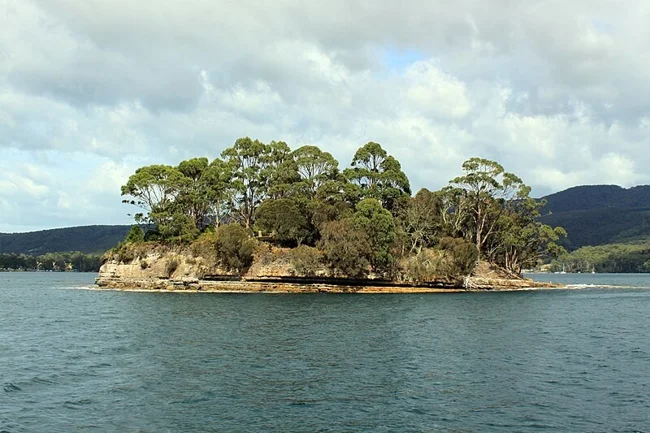
Isle of the Dead
Of course, there were incidents among the prisoners. A young man named William Riley shocked the guards when he suddenly killed Joseph Shuttleworth while he was working in the church. Shuttleworth was a frequent troublemaker and an unpopular prisoner. Riley took his pickaxe and hit Shuttleworth over the head three times. After the murder, he said he was now satisfied. What his motive was is still unclear. But Shuttleworth had a reputation for being annoying to other prisoners. The church still stands to this day. It is not consecrated and was built to rehabilitate Port Arthur's convicts through a regime of religious instruction and worship.
Isle of the Dead 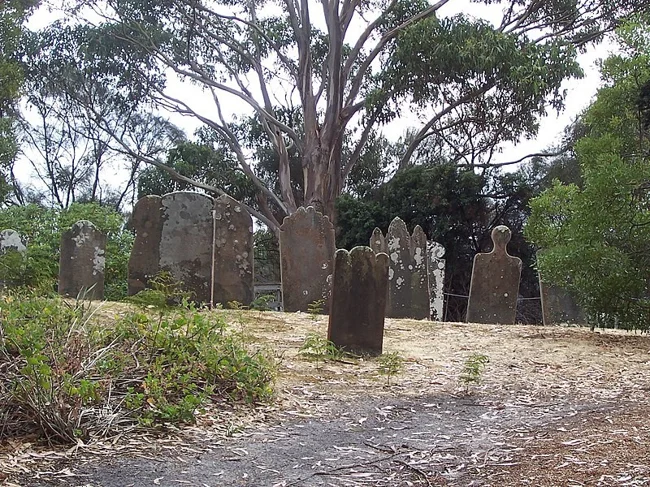
Burials on the Island
The Isle of the Dead is a small uninhabited island off Port Arthur. It was used to bury convicts and civilians after they died, mostly in unmarked graves. Over the years, Port Arthur lost over 1,000 people there. A man named Mark Jeffrey was sent to the island as a grave digger. Jeffrey was a convict with sudden outbursts of anger and was constantly fighting for his rights. For this he was constantly punished. 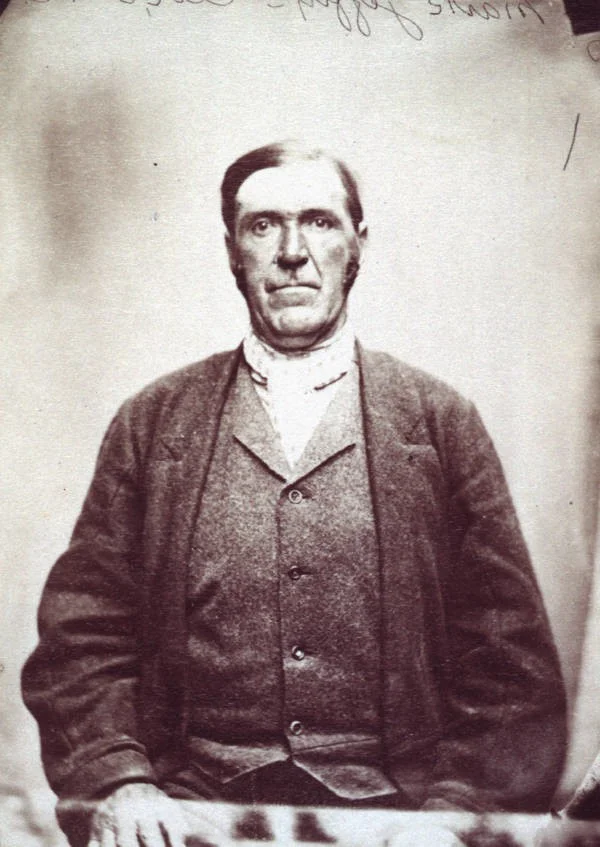
Mark Jeffrey (1825-1894). Convicted gravedigger from the Isle of the Dead, who wrote a published autobiography about his life, including his time as a prisoner at Port Arthur
At some point, the guards got fed up with his rage and sent him to the Isle of the Dead. There he had a terrifying encounter with the devil himself. Jeffreys claimed that the devil came to his house one night and spoke to him. Jeffrey was terrified and begged to be returned to Port Arthur to serve out the rest of his sentence.
Port Arthur Ghosts 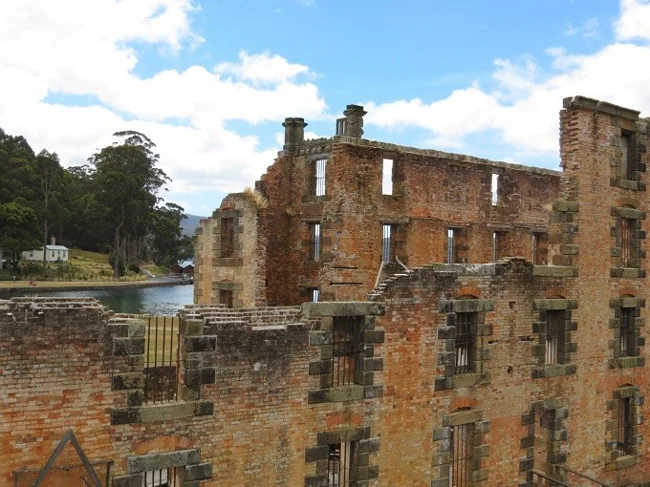
Port Arthur has been haunted and haunted since 1870. It is often referred to as one of the most haunted places in Australia. Strange light anomalies, poltergeist activity and footsteps are just a few of them. Some claim to be suddenly overcome by melancholy and terror. 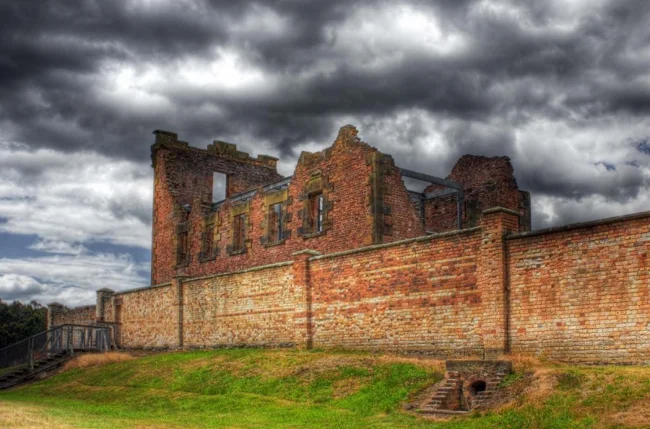
A small ghostly girl has been seen running between the rooms. It is known that children used to live in the complex: some were children of employees who lived in Port Arthur, others came with their parents who were convicts. Children's laughter is one of the most common phenomena. Another little girl was seen with her face pressed against the window of the doctor's house. The ghost of an elderly woman in a rocking chair has also been seen many times. A soldier in a red uniform was seen in the Tower cottage, and in the autopsy room, someone's disembodied head was even said to float in the air.
Lady in Blue-Grey 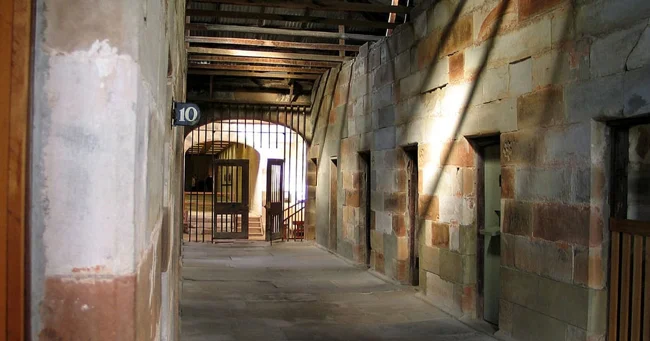
The Lady in Blue-Grey has also been seen on numerous occasions. She wears a long, translucent dress and a cap. It is believed that she was married to one of the Port Arthur employees and lived in the prison village. It is believed that the Lady in Blue died in childbirth. She has been seen wandering around the gardens and peeking out of the door of one of the buildings.
Port Arthur Today 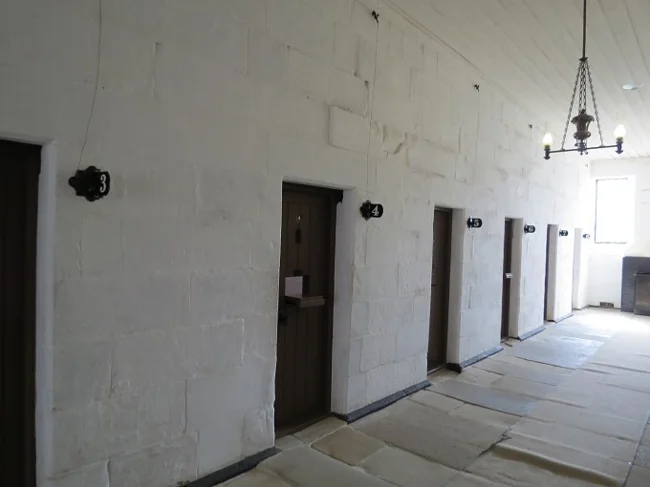
Today, there are 30 buildings left in the city. Some are in ruins, some are accessible. There are several tours, including a historical ghost tour. 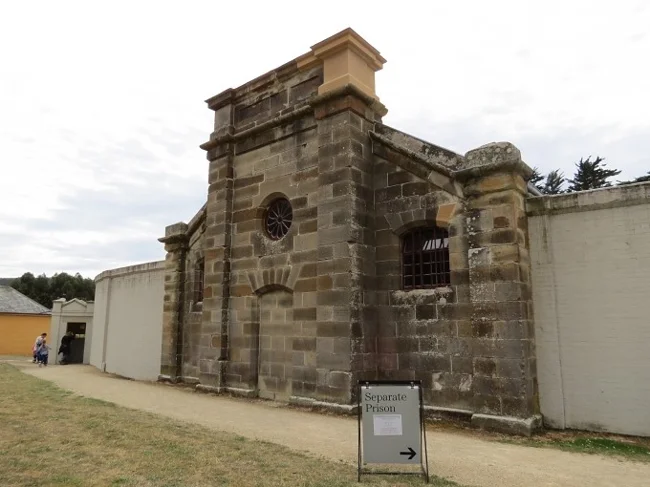
It is listed as a UNESCO World Heritage Site as an important part of human history. The open-air museum offers tours that tell the story of the prisoners, guards, and their daily struggles. 
Port Arthur is considered by many to be one of the most cursed places in the world, where the echoes of the suffering of the past can still be heard. Port Arthur Prison is not just a historical monument, but a reminder of the cruelty and inhumanity of the colonial system. Its history makes us think about the price of freedom and how important it is to remember the mistakes of the past so as not to repeat them in the future. 